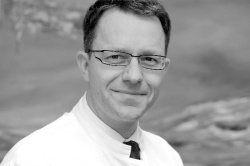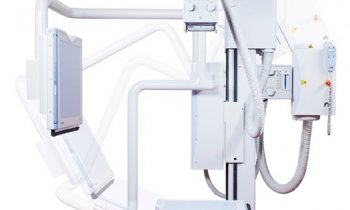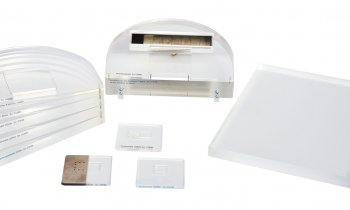ESTI 2011
23-25 June 2011
University Hospital Heidelberg
Germany
Penetrating insights, intensive discussions and an informal atmosphere – these are the hallmarks that make the European Society of Thoracic Imaging (ESTI) so special, according to Professor Hans- Ulrich Kauczor, Medical Director of the Department of Diagnostic Radiology at the University Hospital Heidelberg and this year’s ESTI meeting President. In 2011 ESTI’s American (USA) ‘cousin’, the Fleischner Society, is a partner in the event, promising to make this a very lively ‘family affair’.


‘Meetings by subspecialty societies,’ Prof. Kauczor observed, ‘are often the only opportunity to exchange in-depth knowledge -- they provide a forum the mega events in general radiology cannot offer. Moreover, we devise a very specific education programme for those who wish to deepen their knowledge in thoracic imaging, be it out of personal interest or because hospital structures require it. Primarily we want to convey practical knowledge that is useful in everyday clinical work.’
Indeed, the diagnosis and therapy of lung diseases present a number of clinical pitfalls: ‘Breathing movements are a particular challenge in imaging, the same holds true for certain immune mechanisms, for example in the context of infections. Very interesting topics are radiofrequency ablation and chemo-embolisation of lung tumours, which once again has become the centre of attention. Moreover, embolisation therapy of lung bleeds is part of interventional thoracic imaging. To some extent a thorax radiologist should be familiar with these procedures and with endovascular treatment options.’
Beyond the organisation of this year’s joint meeting in Heidelberg and preparation for the World Congress of Thoracic Imaging in Korea in 2013, growth and networking are ESTI’s top priorities. In terms of growth, Professor Kauczor said that automatic membership of all thorax radiologists in their respective country organisation in the European association is being contemplated.
‘Our longer-term objective is for ESTI to leave its mark not only on imaging education but also on research. Thus we will be establishing a research committee, whose first task will be to formulate the pertinent questions. Since close links to radiology journals are important to reach this objective, our Society is now a Member of the Board of the Journal of Thoracic Imaging.’
Following initial discussions at RSNA 2010, a strategic alliance with the US-American Society of Thoracic Radiology (STR) is also planned.
The family of the thorax radiologist appears to be developing in to a real clan, which can focus and disseminate knowledge, as well as enthusiasm, even more efficiently.
11.03.2011











